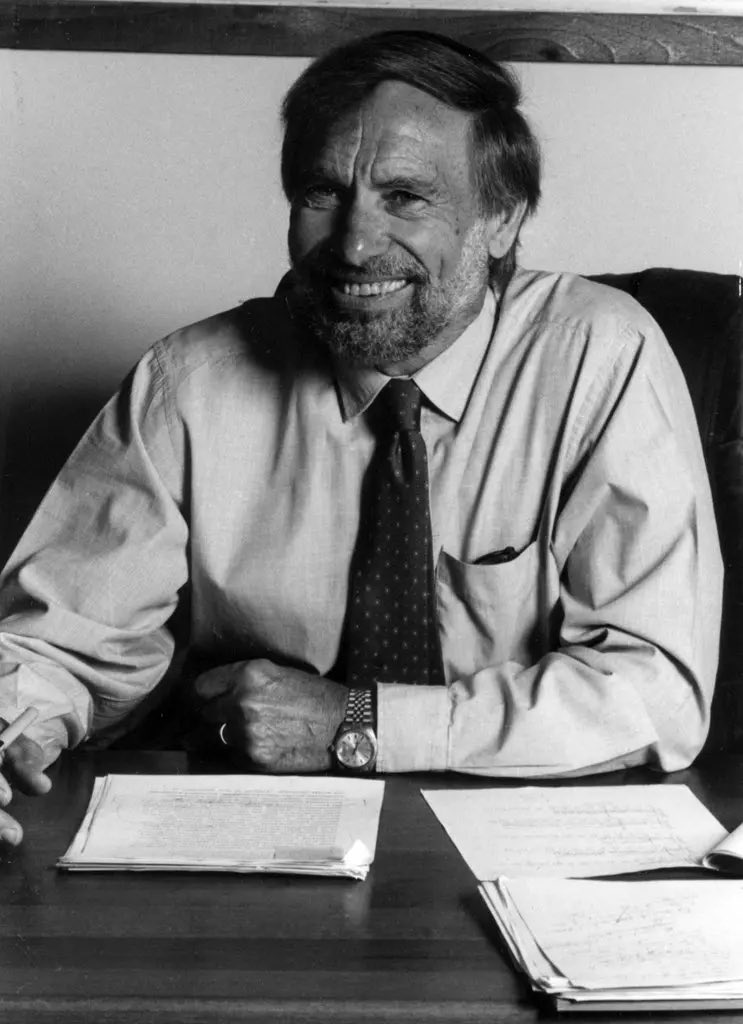
I’ve seen a lot threads about the new documentary Pray Away that note how conversion therapy reminds them of Applied Behavior Analysis. As the only Queer Disability Studies scholar who specializes in (and has experienced) conversion therapy, I can confirm the rumors are true!
First and foremost, one of the leading psychologists for the development conversion “science,” Ole Ivar Lovaas, literally invented Applied Behavior Analysis. The methods feel similar because they’re nearly indistinguishable. 

Both conversion therapy and ABA assume that with enough effort to change behavior, a person’s desire will eventually shift. Whether the goal is to eliminate same-gender attraction or the symptoms of autism, the treatment is the same: think different, do different, be different.
But the parallels extend much further than this. In many conversion circles, same-gender attraction is conceived of *as a disability.* Just as ABA in many ways produces the disability it seeks to cure, so too does conversion therapy manufacture the pathology it claims to treat.
I’ve written a lot about the transmogrification of sexuality into disability elsewhere (and in my book that you may be hearing about soon 👀), but it suffices to say that the horror we feel toward conversion therapy should *also be felt toward ABA.* doi.org/10.15353/cjds.…
Neither treatment works, to be clear. Conversion therapy has always been a scam because sexuality isn’t about who you fuck but about who you want to fuck. No therapy can change who you want to fuck without dangerous aversion techniques that effectively tinge desire with trauma.
Likewise, contrary to popular belief, ABA does not “fix” autism. ABA modifies behavior through operant and classical conditioning, which idealize neurotypicality. The neurotypical-appearing autist is not unlike the straight-acting gay. They’re roles played for others.
But as the documentary Pray Away suggests, conversion therapy (and ABA) is extremely dangerous. To perform heterosexuality or neurotypicality is difficult on its own, but for many participants the stakes of effectively passing as straight/neurotypical are incredibly high.
Queers risk losing their family, friends, religious communities, and cultural networks if they don’t address their “struggle.” Autistic folks risk all of the above, as well as employment and increased chances of incarceration, institutionalization, and police violence.
There is so much pressure put on the people enrolled in these programs. And most of the participants are children, who are forcibly or coercively enrolled by their parents! These kids are left fighting an impossible battle, knowing full well that failure is unacceptable.
This is what makes me most angry about both conversion therapy and ABA: the burden they place on kids to alleviate their parents’ (and society’s) cishetero-ablenormative anxieties. I’ve been there, and it’s a crushing weight.
It should come as no surprise that suicide risk is higher for people in conversion therapy and ABA than almost all other demographics. When a child feels like they aren’t enough, they cry. But when they realize they’ll never be enough, there aren’t enough emotions in the world.
There’s plenty more I could say about Pray Away as a film and conversion therapy as it pertains to autism. But I think I’ll let it rest for now. As those of you who have experienced either treatment know, they generate trauma that’s difficult to articulate.
We, as a culture, still lack a vocabulary to effectively unpack what it feels like to be charged with carrying out your own medicalized erasure. How do you capture the sublimation of desire that you never fully knew? How do you reconcile with the death of a love you never had?
• • •
Missing some Tweet in this thread? You can try to
force a refresh



